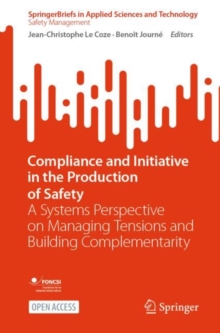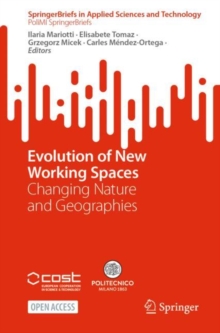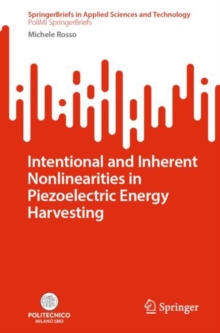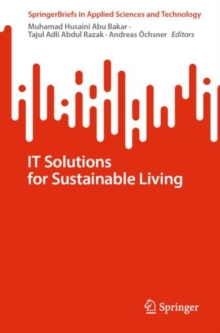
Deep Energy Retrofit-A Guide for Decision Makers Paperback / softback
by Alexander Zhivov, Rudiger Lohse
Part of the SpringerBriefs in Applied Sciences and Technology series
Paperback / softback
- Information
Description
Many governments worldwide are setting more stringent targets for reductions in energy use in government/public buildings.
Buildings constructed more than 10 years ago account for a major share of energy used by the building stock.
However, the funding and “know-how” (applied knowledge) available for owner-directed energy retrofit projects has not kept pace with new requirements.
With typical retrofit projects, reduction of energy use varies between 10 and 20%, while actual executed renovation projects show that energy use reduction can exceed 50%, and can cost-effectively achieve the Passive House standard or even approach net zero-energy status (EBC Annex 61 2017a, Hermelink and Müller 2010; NBI 2014; RICS 2013; Shonder and Nasseri 2015; Miller and Higgins 2015; Emmerich et al. 2011).Building energy efficiency (EE) ranks first in approaches with resource efficiency potential with a total resource benefit of approximately $700 billion until 2030.
EE is by far the cheapest way to cut CO2 emissions (McKinsey 2011, IPCC 2007).
However, according to an IEA study (IEA 2014a), more than 80% of savings potential in building sector remains untapped.
Thus, the share of deployed EE in the building sector is lower than in the Industry, Transport, and Energy generation sectors.
Estimates for the deep renovation potentials show: €600-900bn investment potential, €1000-1300bn savings potential, 70% energy-saving potential, and 90% CO2 reduction potential.
Information
-
Out of Stock - We are unable to provide an estimated availability date for this product
- Format:Paperback / softback
- Pages:84 pages, 19 Illustrations, color; 3 Illustrations, black and white; XXI, 84 p. 22 illus., 19 illus.
- Publisher:Springer Nature Switzerland AG
- Publication Date:11/02/2021
- Category:
- ISBN:9783030662103
Other Formats
- EPUB from £38.24
Information
-
Out of Stock - We are unable to provide an estimated availability date for this product
- Format:Paperback / softback
- Pages:84 pages, 19 Illustrations, color; 3 Illustrations, black and white; XXI, 84 p. 22 illus., 19 illus.
- Publisher:Springer Nature Switzerland AG
- Publication Date:11/02/2021
- Category:
- ISBN:9783030662103



